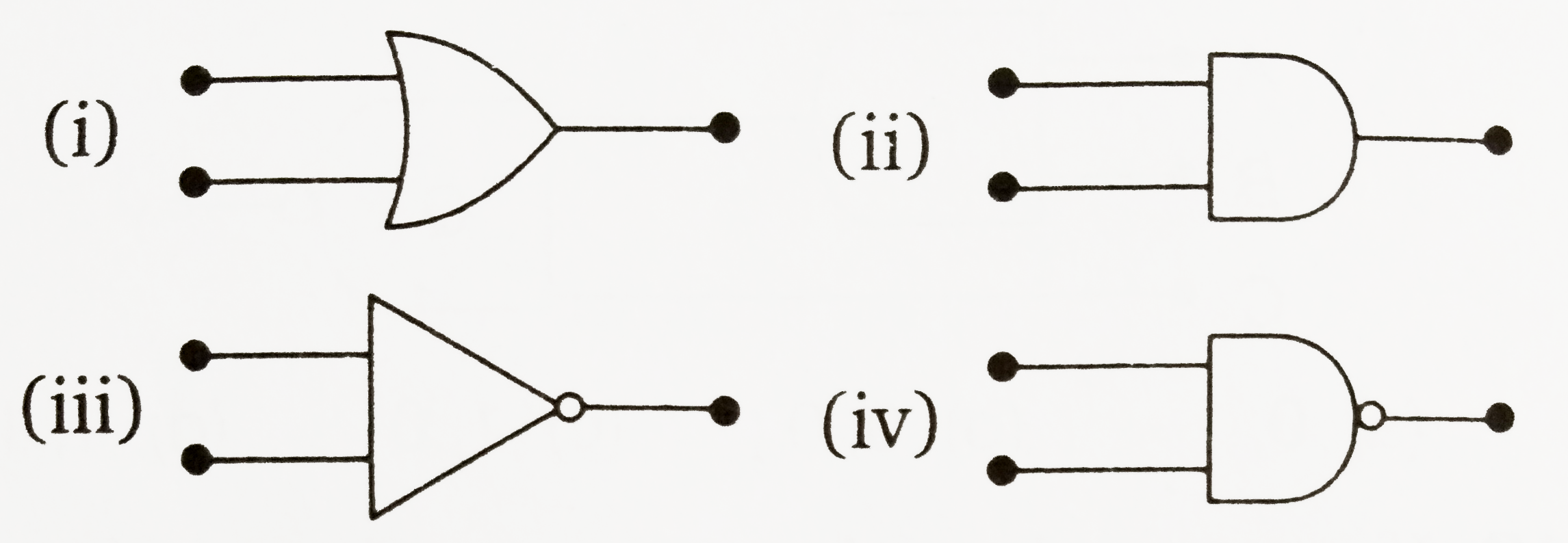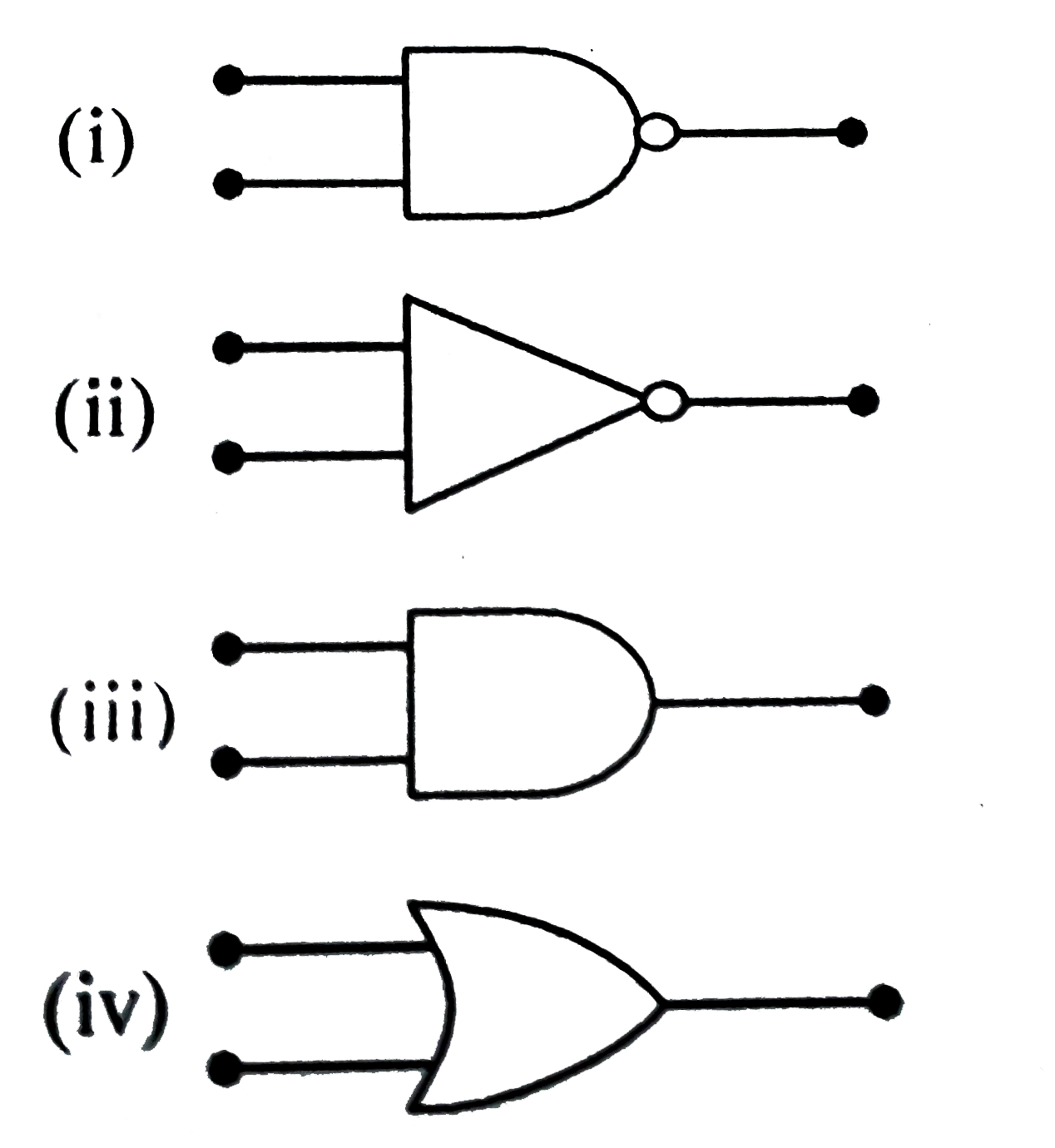Symbolic representation of an element.
Step-by-Step Solution:
1. Understanding the Concept of Symbols in Chemistry:
- In chemistry, each element is represented by a unique symbol. This symbol is usually one or two letters derived from the element's name, often in Latin or Greek.
2. Components of the Symbolic Representation:
- The symbolic representation of an element includes three main components:
- The symbol of the element (X)
- The atomic number (Z)
- The mass number (A)
3. Defining Atomic Number (Z):
- The atomic number (Z) is the number of protons present in the nucleus of an atom of the element. It also indicates the position of the element in the periodic table.
4. Defining Mass Number (A):
- The mass number (A) is the total number of protons and neutrons in the nucleus of an atom. It gives an idea of the mass of the atom.
5. Example of Sodium:
- Let's take sodium (Na) as an example:
- The atomic number (Z) of sodium is 11.
- The mass number (A) of sodium is 23.
- Therefore, the symbolic representation of sodium can be written as:
Na1123
- Here, Na is the symbol for sodium, 11 is the atomic number (Z), and 23 is the mass number (A).
Final Representation:
The symbolic representation of sodium is:
Na1123
- In chemistry, each element is represented by a unique symbol. This symbol is usually one or two letters derived from the element's name, often in Latin or Greek.
- The symbolic representation of an element includes three main components:
- The symbol of the element (X)
- The atomic number (Z)
- The mass number (A)
- The atomic number (Z) is the number of protons present in the nucleus of an atom of the element. It also indicates the position of the element in the periodic table.
- The mass number (A) is the total number of protons and neutrons in the nucleus of an atom. It gives an idea of the mass of the atom.
- Let's take sodium (Na) as an example:
- The atomic number (Z) of sodium is 11.
- The mass number (A) of sodium is 23.
- Therefore, the symbolic representation of sodium can be written as:
Na1123
- Here, Na is the symbol for sodium, 11 is the atomic number (Z), and 23 is the mass number (A).
The symbolic representation of sodium is:
Na1123
Topper's Solved these Questions
- LANGUAGE OF CHEMISTRY BOOK - ICSECHAPTER - LANGUAGE OF CHEMISTRY EXERCISE - EXERCISES- F. DIAGRAM BASED QUESTIONS EXERCISES
3 Videos
- LANGUAGE OF CHEMISTRY BOOK - ICSECHAPTER - LANGUAGE OF CHEMISTRY EXERCISE - EXERCISES- G. GIVE REASONS FOR THE FOLLOWING EXERCISES
3 Videos
- LANGUAGE OF CHEMISTRY BOOK - ICSECHAPTER - LANGUAGE OF CHEMISTRY EXERCISE - EXERCISES- D. MATCH THE FOLLOWING EXERCISES
1 Videos
- HYDROGEN BOOK - ICSECHAPTER - HYDROGEN EXERCISE - Think and answer
3 Videos
- MATTERBOOK - ICSECHAPTER - MATTEREXERCISE - EXERCISE (J. Short answer questions)
5 Videos
Similar Questions
Knowledge Check
The symbolic representation of four logic gates are given in Fig.The logic symbol for OR, NOT and NAND gates are respectively
 A(iv), (i), (iii)B(iv), (ii), (i)C(i), (ii), (iv)D(ii), (iv), (i)
A(iv), (i), (iii)B(iv), (ii), (i)C(i), (ii), (iv)D(ii), (iv), (i)
The symbolic representation of a molecule………….
View SolutionExplain in detail the symbolic representation of electrochemical cells.
View SolutionSymbolic representation of four logic gates are shown as
(i)
Pick out which ones are for AND, NAND and NOT gates, respectively.
View SolutionThe number of electrons in an element X is 15 and the number of neutrons is 16. Which of the following is the correct representation of the element ?
View SolutionSymbolic representation of photodiode is
View SolutionThe symbolic representation of four logic gates are given in Fig.The logic symbol for OR, NOT and NAND gates are respectively

View SolutionThe symbolic representation of four logic gates are given below :

The logic symbols for OR, NOT and NAND gates are respectively :
View Solution
